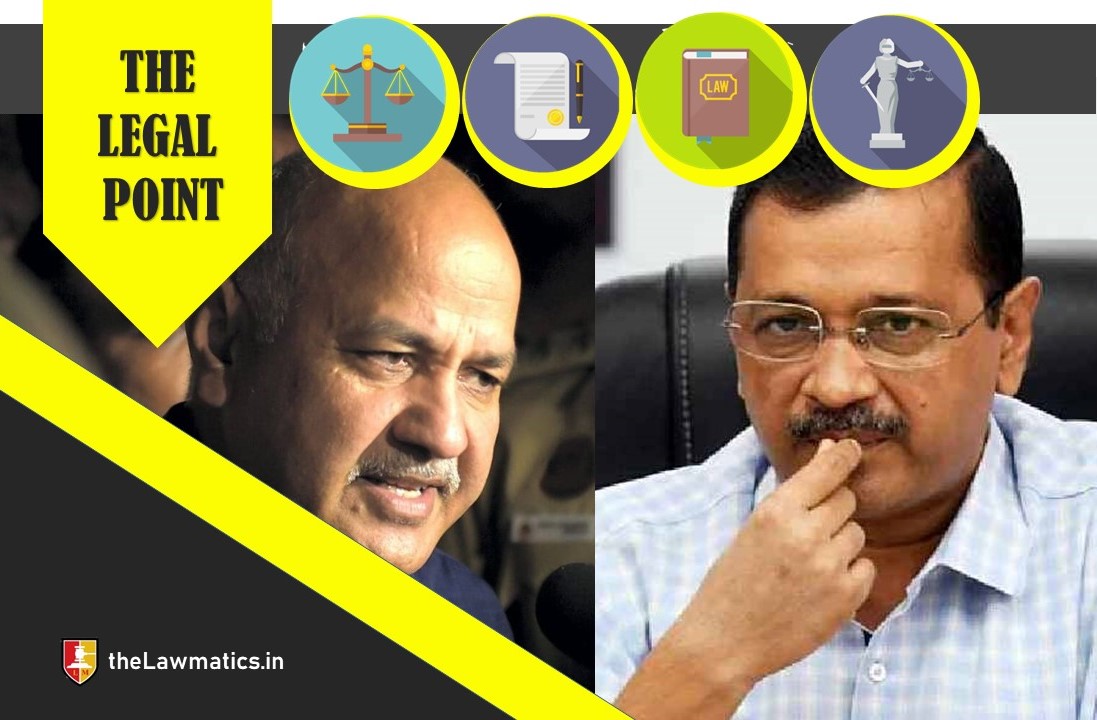The process of hiding or masking the identity of proceeds obtained unlawfully so they seem to have come from authorized sources is known as money laundering.
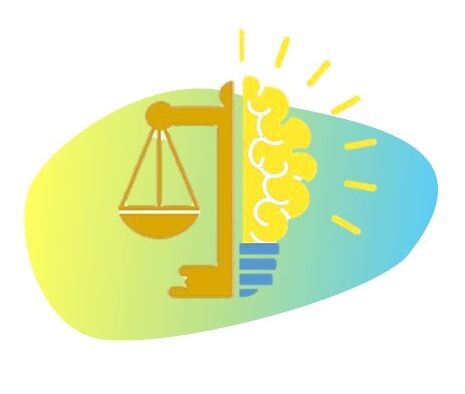
01
The concept of Money Laundering
Money laundering: is a process that criminals use to “clean” their dirty money and make it seem legitimate. This illicit practice involves disguising the origins of illegally obtained money, making it appear legitimate
It involves three primary stages:
- Placement: illicit funds are introduced
- Layering: series of complex transactions creating distractions
- Integration: reintroducing the laundered money
Related Acts
02
Prevention of Money-Laundering Act, 2002 (PMLA)
It is the cornerstone of the legal system India has established to fight money laundering.PMLA (Amendment) Act, 2012
Introduces the idea of a “reporting entity,” which might be a financial institution, middleman, bank, etc.
Upper limit of 5 lakhs Removed
Foreign Exchange Management Act, 1999
To avoid money laundering by improvising on surveillance and preventative measures rather than depending just on laws and regulations.
Essential ingredients for Money Laundering:
- Illicit Activity
- Initial placement
- Layering
- Final integration
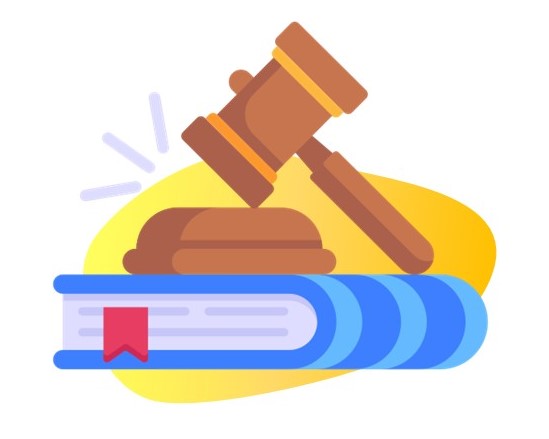
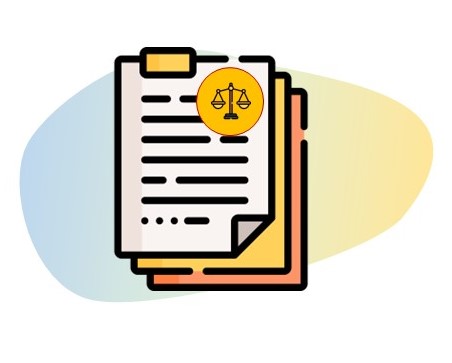
Specific
Sections
03
Section 4, PMLA 2002: States the punishment for money laundering. Minimum of three years and may extend to seven years.
Section 5, PMLA 2002: Attachment of property involved in money laundering.
Section 6, PMLA 2002:The Central Government shall appoint an Adjudicating Authority to exercise jurisdiction, powers and authority conferred by or under this Act.
Section 36, FEMA(1999): Directorate of Enforcement: The Central Government shall establish a Directorate of Enforcement with a Director and such other officers or class of officers as it thinks fit, who shall be called officers of Enforcement, for the purposes of this Act.
- Section 37A, FEMA(1999): Special provisions relating to assets held outside India in contravention of section 4.
Related
Case Laws
04
SEBI v. Sahara India Real Estate Ltd
Court made the following observation:
- Supreme Court ordered Sahara to refund the entire deposits collected by it through Red Herring Prospectus at an interest rate of 15% till the date of refund.
commonly referred to as the INX Media case. The Case discussed the issue of bail in PMLA 2002. Appelant was granted bail by the supreme court.
Delhi Liquor Policy Case
- The ED case was based on a first information report (FIR) filed by the CBI against Mr Sisodia and 14 others.
PNB Scam Case,
the Case involved Nirav Modi and some other PNB employees:
- The two employees deployed SWIFT banking system to launder money across the border.
- The jewelry firm of Nirav Modi illicitly obtained the money.
- Fugitive Economic Offenders Act (2018) came into force
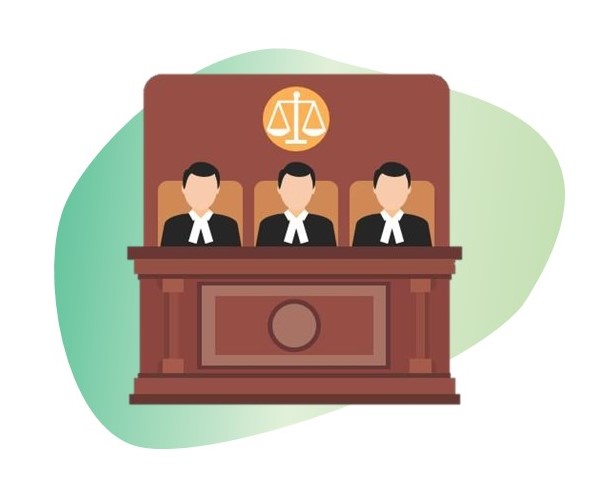

Conclusion
05
Money Laundering
Money laundering remains a significant challenge for governments, financial institutions, and the global community.
Fugitive Economic Offenders Act (2018) is an example of an evolving law with time.
The Politicization of Money Laundering Cases
Money laundering allegations have increasingly found themselves entangled in the web of politics, with several notable instances where these cases have been weaponized for political advantage.
.
